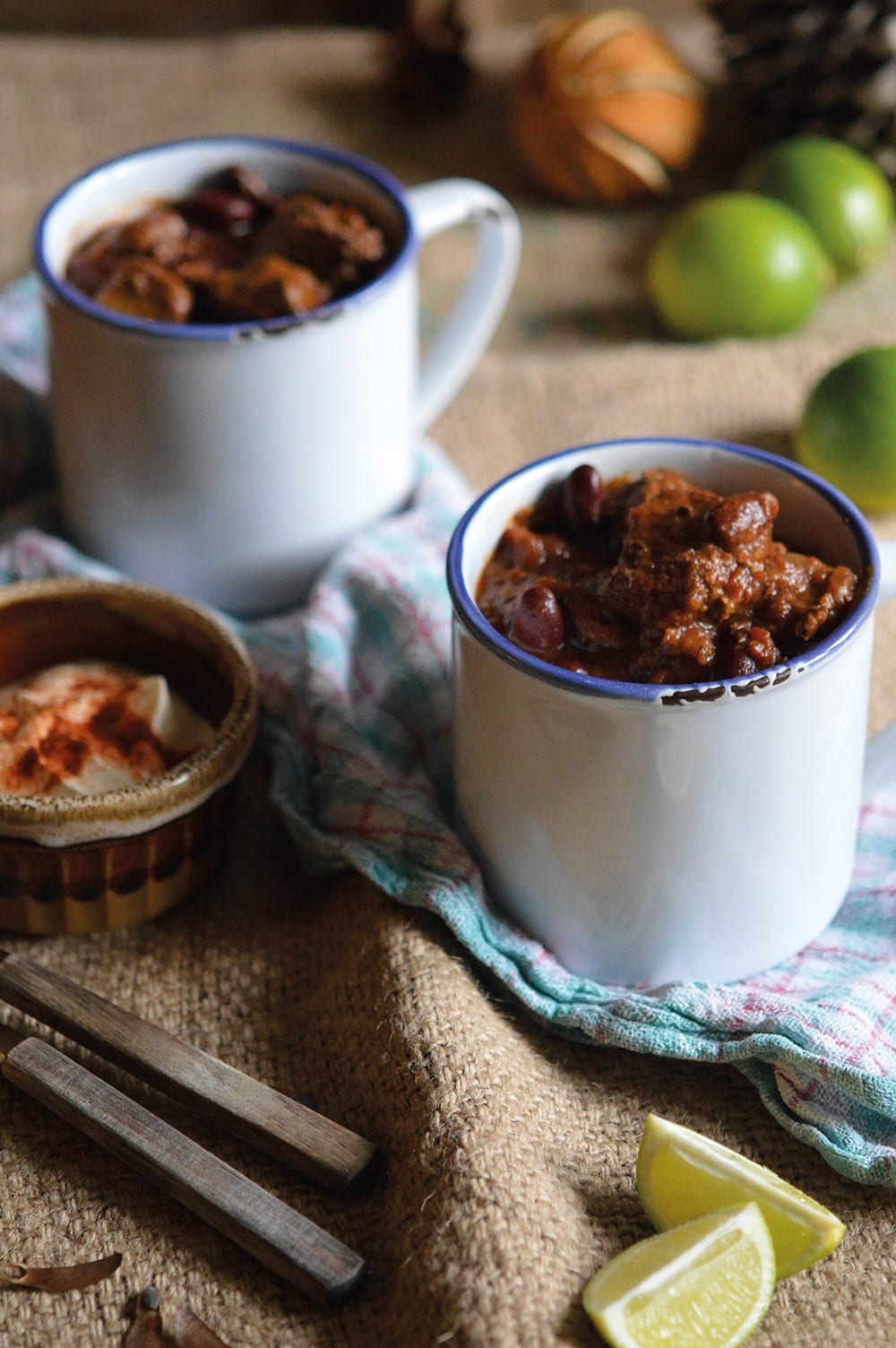Another year beginning and I can’t think of a better task than to sit in front of a roaring fire scanning the new seed catalogues! I am often asked what veg can I grow NOW?
Make a Plan
Each season is a challenge and often very different from the year before but certain veg need a long growing season whereas others only take a few weeks to reach maturity. It’s important to grow what you like to eat and if you have never grown veg before go with the tried and tested cultivars from seed or buy some already started for you from your local garden centre.
Consider whether you wish to grow in the ground, raised beds or even pots, all are very effective with a little know how.
There is nothing more satisfying than picking and eating your very own produce.
Brassicas If you want your very own sprouts for the Christmas table it is important to start now. Seeds germinated in a heated propagator is ideal but a window sill will do. Brassicas need a long growing season. If you sow the seeds in the next few weeks you are well on your way to picking your own next Christmas! Try to prick out when large enough to handle and then pot up into individual pots before planting out in the Spring. The bigger and more robust your plants are the less they will succumb to pest and diseases.
Salads There are many varieties of lettuce and radish available, some of which are totally hardy. They do need a little warm to start them off but if you are clever you can have them all the year round.
Onions There are sets for Autumn or Spring planting and seed for Spring sowings. Leeks can be started early and can give you a fabulous winter crop next year.
Roots Need a slightly sandier soil but Spring sowings of Parsnips can be left in the ground to be lifted after frosts, another one for the Christmas table!
Beans and peas This year I have grown pea shoots in the greenhouse which would work just as well on the kitchen windowsill in shallow seed trays or pretty pots. Broad beans are good to go in the ground shortly but you will have to be patient before starting the runners and French because they don’t like the cold!
Potatoes Consider growing these in large pots of multi-purpose compost, can be started early inside or Spring outside.
Sprouted seeds and micro greens So many available to grow on the windowsill all year round!
Cathie’s Gardening School Services now taking bookings for Spring

Email [email protected] for more info on Cathie’s Gardening School



















